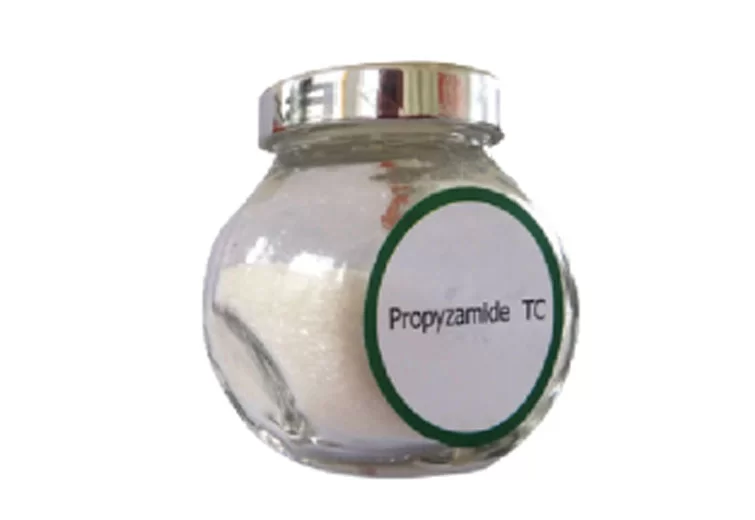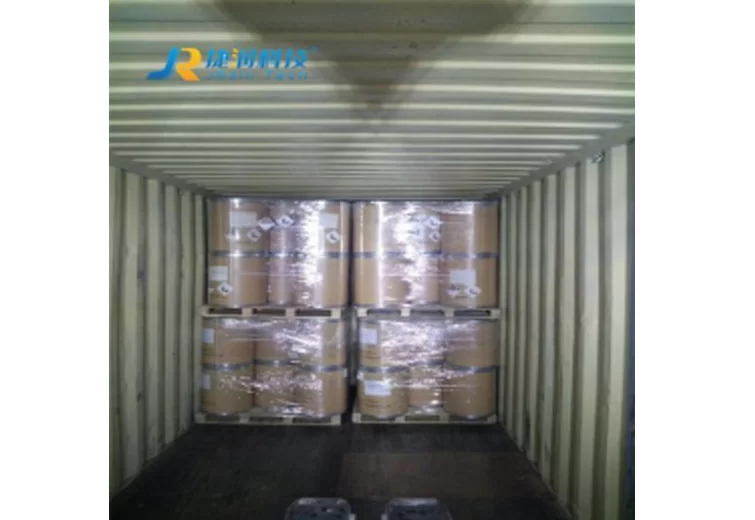
PROPYZAMIDE
1.Applicable crops: Small seed legumes, peanuts, soybeans, potatoes, lettuce, etc
2.Control objects: Monocotyledon weeds
3.Method of application: Watering
4.Note: Precisely control the dosage of the medicine to avoid causing harm to sensitive crops in the next season due to excessive dosage. Pay attention to the safety interval period for agricultural products and do not harvest or consume them during this period.
5. Customerized packing label
6. FAO standard
7. Professional registration, GLP, ICAMA, LOA etc.
Propyzamide Customer Reviews
Propyzamide FAQs
-
80%High PurityEnsure the reliability of each product.
-
58%Fast-Acting FormulaQuickly provide visible effects
-
What weeds does Propyzamide control effectively?
What weeds does Propyzamide control effectively?
Propyzamide is particularly effective against annual grass weeds such as blackgrass, ryegrass, and meadowgrass, as well as certain broadleaf weeds like chickweed and mayweed. It provides excellent residual control in winter cereals, oilseed rape, and legume crops when applied pre-emergence or early post-emergence during cool weather conditions (5-15°C).
-
How does Propyzamide work as a herbicide?
How does Propyzamide work as a herbicide?
Propyzamide inhibits cell division in susceptible weeds by disrupting microtubule formation during mitosis. This unique mode of action prevents root and shoot development in germinating weeds, providing long-lasting residual control throughout the cropping season. The herbicide is absorbed primarily through roots and moves translaminarly within plant tissues.
-
How does soil type affect Propyzamide performance?
How does soil type affect Propyzamide performance?
Propyzamide performs best in medium to heavy textured soils with good organic matter content. In light sandy soils, it may leach beyond the weed germination zone, reducing efficacy. Application rates should be adjusted based on soil texture, with higher rates recommended for soils with higher organic matter.
-
Can Propyzamide be tank-mixed with other herbicides?
Can Propyzamide be tank-mixed with other herbicides?
Yes, Propyzamide shows good compatibility with many residual and contact herbicides including pendimethalin and clopyralid. These combinations provide broader spectrum weed control and help manage resistance. However, a jar test should always be conducted before large-scale mixing to check for physical compatibility and potential antagonism.
-
What safety precautions should be taken with Propyzamide?
What safety precautions should be taken with Propyzamide?
Applicators should wear full PPE including chemical-resistant gloves, goggles, and protective clothing. The herbicide is moderately persistent in soil (DT50 ~60 days) and precautions should be taken to prevent contamination of water bodies. Buffer zones of 5-10 meters are recommended near aquatic environments.





